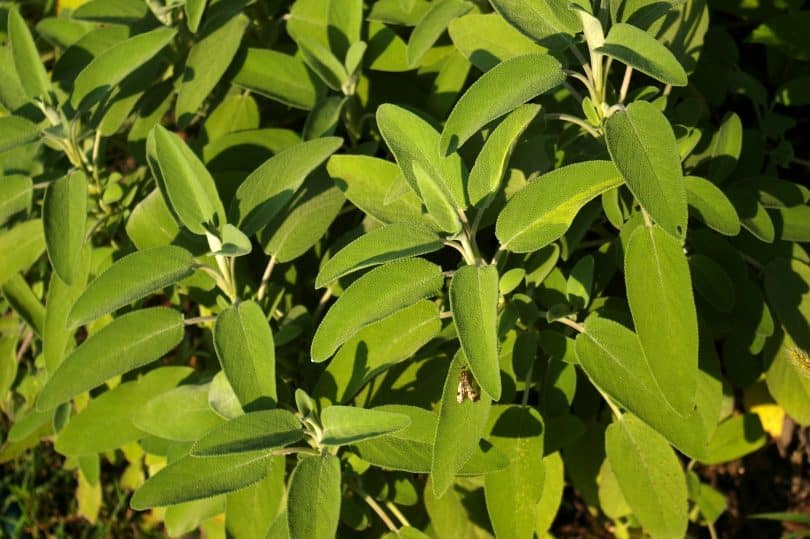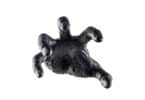There are tons of options in terms of plants that can get you high and give hallucinogenic experiences, though we in America are most familiar with what is found easily here. Since we’re not familiar with plants that are newer to America, or seen less, sometimes an interesting drug gets through without the regulation that others face. Such is the case with salvia, the legal hallucinogen that’ll sure get you high.
Salvia has been around for a long time, and is one of the many plants out there that can make you hallucinate. However, unlike others, it’s federally legal. This news source is comprehensive and independent, sharing the biggest stories in the worlds of cannabis, psychedelics, and beyond. We provide the Cannadelics Weekly Newsletter so readers stay informed, as well as to give access to a ton of deals on all kinds of products from vapes and smoking devices, to edibles and cannabinoid compounds including the uber-popular Delta 8 & HHC. Check out our ‘best of’ lists for more info, and please make purchases for the products you feel most comfortable using.
What is salvia?
There are a ton of compounds that cause hallucinations, from psychedelics like psilocybin and LSD, to dissociative like ketamine, to poisonous mushrooms like Amanita muscaria (fly agaric). There are so many, that the majority aren’t known to the general population, as they may not grow universally, or be a part of a local tradition. The general population knows about the most popular of these compounds, and even the known-about names vary in just how popular they are with the public.
Salvia is one of the better-known hallucinogens out there, but it doesn’t have the name value as other compounds like DMT, psilocybin, MDMA, LSD, or mescaline. Salvia is found all over the place now, making it more commonplace for Americans, but it originated in Mexico, quite specifically in Oaxaca in the Sierra Mazateca cloud forests, as the plant enjoys shady and moist growing conditions. In terms of its popularity, a recent US survey turned up that approximately 5% of the population had tried it (though the study admittedly worked off a very small sample).
Salvia divinorum is a species of salvia, along with the oft used Salvia officinalis, or sage. Both of these salvias reside in the Lamiaceae mint family, along with many others including Salvia rosmarinus, which most know as the herb Rosemary. Salvia divinorum is one of several salvia species that cause a psychoactive response, complete with hallucinations. This is done through the main psychoactive compound salvinorin A.
How did it get the name Salvia divinorum? ‘Divinorum’ is related to the word ‘divination’, which then translates to “diviner’s sage” or “seer’s sage.” Albert Hofmann, the same guy who brought us LSD, and who was one of the first to study this plant, took issue with this name, saying it translated to “Salvia of the ghosts”, and should be Salvia divinatorum, which translates to “Salvia of the priests.” Due to priority rules in botanical literature, it’s listed under the former name.
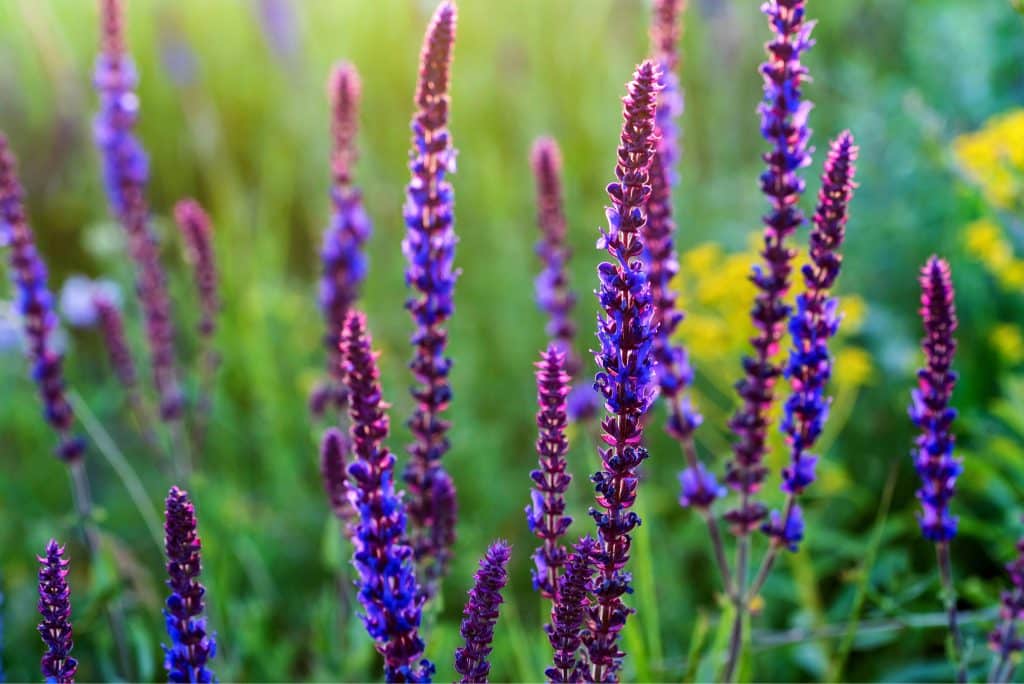
Salvia, much like other psychoactive plants, was used by Mazatec shamans for centuries as a tool for spiritual healing or divination, in which they would use the salvia to bring on altered states of consciousness and visual hallucinations. It’s still used for these purposes today by native communities. Shamans are known to use the fresh leaves of the plant as an embodiment of the Virgin Mary, and rituals generally start with an invocation to her as well as other saints. Salvia is used in quiet places, since its said that Mary speaks with a quiet voice.
Apart from ceremonial uses, salvia is used in lower doses to treat diarrhea, anemia, headaches, rheumatism, as a diuretic, and to treat ‘swollen belly’, which is considered a semi-magical disease. Interestingly, where salvia actually started is not known. While it might be indigenous to the Sierra Mazateca, its also possible it was brought over by some other indigenous tribe, with no for-sure answer as to when its use began.
Also interesting, salvia, much like amanita mushrooms, was never illegalized in the US, probably because it wasn’t widely available in the US when such laws were made. Other countries, including a lot of Europe, hold the plant as illegal. Some places like Estonia, Finland, Iceland, and Norway treat it as a medicine that requires a prescription; some places like Russia, allow possession but not sale; and in yet other places like Chile, France and Spain, possession and cultivation are legal, but its sale is not. While its not on the Controlled Substances list in America, several states created legislation to regulate it.
What does Salvinorin A do?
Salvinorin A is the main psychoactive constituent of Salvia divinorum. The compound is classified as a diterpenoid, a form of terpenoid. It is structurally different than other hallucinogenic compounds like psilocybin and mescaline, and doesn’t have the same mode of action as classic psychedelics in general, which exert their biggest force on serotonin receptors. One of the differentiating factors is the lack of nitrogen atoms, leading to its designation as a terpenoid. This is different from nearly all other hallucinogens, which contain nitrogen atoms.
Salvinorin A is most active at κ-opioid receptors (kappa), where it acts as a potent agonist, forcing the sites to fire more. It has no effect on the serotonin receptors (5-HT2A) that psychedelics use to potentiate a response. It also has no function at NMDA receptors that a dissociative like ketamine binds to. It doesn’t even act like a regular opioid agonist, as most target μ-opioid receptors (mu), and salvinorin A works on κ-opioid receptors.
The compound exerts force in other places as well, most notably D2 receptors, which are dopamine receptors. It’s thought that these bindings could be partially responsible for the hallucinatory effects. Salvinorin A doesn’t produce long trips, and most last from 30 minutes to 1.5 hours. Overall, it hasn’t been studied as thoroughly as other hallucinogenic compounds, so its exact abilities and modes of action are still under investigation.
How does a user feel on salvia?
In terms of subjective effects, salvia users can expect some of the following when using this compound. These effects vary from standard psychedelic effects, which makes sense as they affect the brain differently:
Sedation; spatial disorientation; loss of motor control; analgesic effects; amnesia; delusions; depersonalization; increased music appreciation; suppression of analysis, language, and memory; laughing fits; time distortion; slower thinking; auditory and visual distortions and hallucinations; enhanced feelings of spirituality; what feel like near-death experiences; and feelings of connectedness.
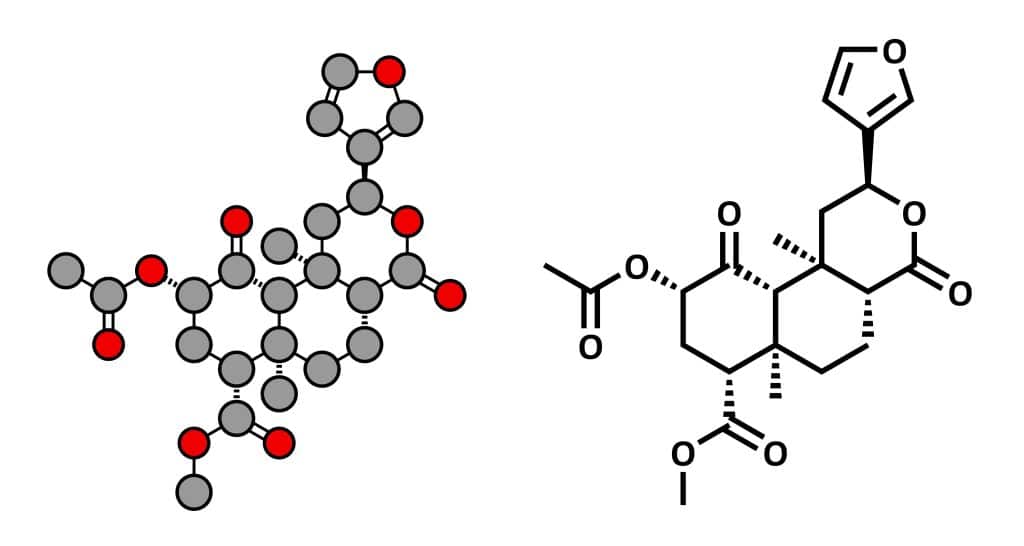
Then there are a few others effects which deserve a little more explanation. The first is changes in how gravity feels. In fact, this is a major part of a salvia trip, and is often known as ‘salvia gravity’. This is a part of pretty much any salvia trip, though the feeling is more intense at higher doses. Essentially, it makes a user feel heavier and heavier at first, and then leads to a feeling of being lifted up and out of the body and traveling over distances. This creates a feeling of being pushed or pulled into a space, and isn’t experienced with psychedelics.
Another interesting effect, which often goes with the previously mentioned effect, is in making the user feel like there’s a change in their bodily form. As strange a concept as it is, it means the user feels like they’re being physically stretched in some ongoing and never-ending way, creating two halves, either vertically or horizontally. Some users feel as if they’ve transformed into an inanimate object. It should be mentioned that none of this is painful to the user. It does, however, sound a lot like ketamine, and dissociatives in general. Ketamine is known for attaching to mu, kappa, and delta opioid receptors, making that kappa bind a likely similarity between the two.
A third interesting effect, is that users experience spontaneous bodily sensations. This is less common, and can result in discomfort, as it can bring on a sensation of pins intensely pricking the skin. Overall, it involves different sensations occurring all over the body without a trigger, making the feelings very random. It is usually felt as some sort of tingling sensation.
Whereas classical psychedelics are associated with experiencing profound insights into oneself and the universe at large, salvia isn’t known for this, although it is associated with intense encounters. Though its use in traditional cultures does imply a strong spiritual aspect, this compound is best described as a drug that does not promote deep personal insights, but simply creates potent and enthralling experiences.
Salvia, like most drugs, can come with negative effects as well. Besides strong feelings of confusion, salvia can cause anxiety, paranoia, and panic, which is thought to be related to it being a κ-opioid agonist. It can bring on feelings of impending doom, cognitive dysphoria, and the previously mentioned feelings of physical discomfort, like being pricked by needles.
Another thing to consider is that since salvia doesn’t work well when going through the digestive tract, sometimes effects aren’t felt at all, which is kind of the opposite. In these cases, its best to remember that it should be kept in the mouth longer when using a tea or chewing leaves. Without doing that, it might seem like salvia has no effects at all.
How to use salvia
The tea method – One of the more traditional methods of consumption is as a tea. When extracting the juice from fresh leaves, it requires about 20-80 leaves. This equals about 50–200 grams (2–7 oz). This is mixed with water to make a tea, or directly infused in the water to make the tea. With dried leaves, about 3-4 grams are used. To make the tea, the leaves are boiled for five minutes, and allowed to cool for 15. Each mouthful of tea must be kept in the mouth for 15-20 seconds so uptake occurs through the blood vessels of the mouth, as it won’t do anything once swallowed.
The chewing method – A person can also just chew a number of leaves. This makes effects come on slower, taking 10-20 minutes. By themselves, the leaves produce no effect when eaten, because the salvinorin A is deactivated in the gastrointestinal system. Instead, the leaves are held in the mouth as long as possible so the compounds are taken in through oral mucosa, just like with the tea.
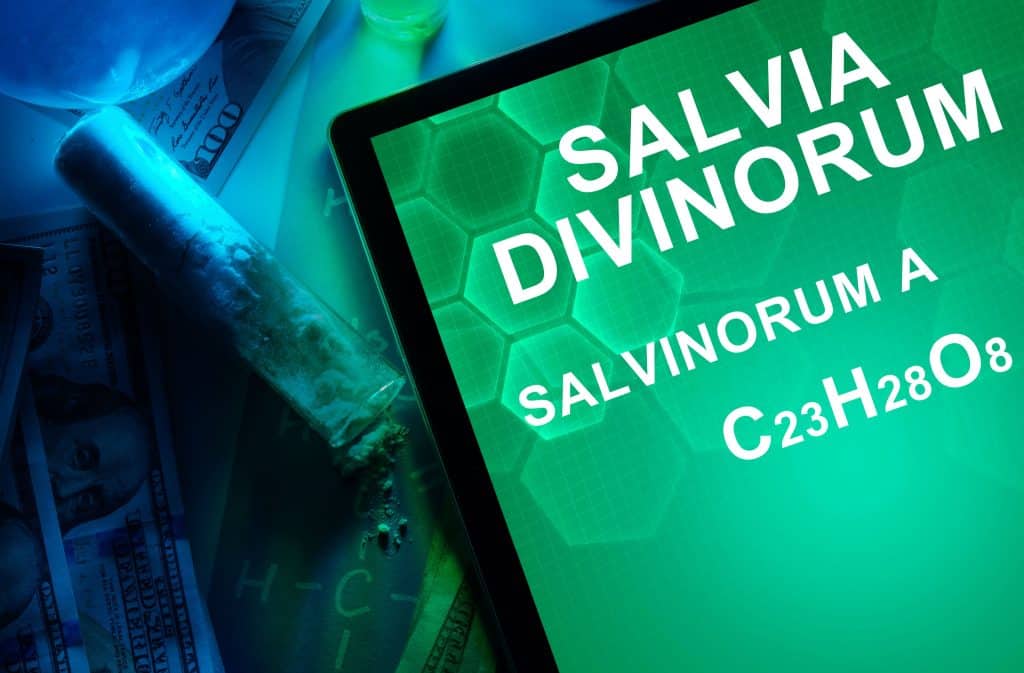
This is similar to sublingual administration which involves putting a compound under the tongue to access the large array of blood vessels therein. The difference is that one relies on blood vessels under the tongue, and the other on the mucous lining of the mouth. When doing it this way, the leaves are spit out after chewing, and the effects last longer than smoking.
The smoking method – A user can also smoke the leaves, in which case they need way less. Leaves are dried when smoked, and since salvinorin A only gets released at very high temperatures of 240 °C (464 °F) or more, its even recommended to use a very strong flame, like a torch lighter. However, smoking dried leaves often doesn’t produce much effect, and in place of smoking regular leaves, many people smoke concentrates and extracts instead. When smoking leaves, effects come on within a minute, and only last 1-5 minutes intensely, and about 20-30 minutes overall. This is how much to smoke to access different levels of high:
- Light – 0.25 grams dried leaves
- Intermediate – 0.5 grams dried leaves
- Heavy – 0.75–1.00 grams dried leaves
The tincture method – Things change over time, and now there are newer methods for salvia consumption. Though many still smoke or chew leaves, the use of tinctures has become much more popular. This (along with other concentrate methods) is the most intense way to use salvia, but the strength varies depending on the tincture. As with any tincture, a salvia tincture is made by soaking the leaves in a high proof ethyl alcohol, generally for at least two weeks. After soaking, the plant material is strained out, and the tincture can be administered in drops.
Conclusion
Salvia is an interesting hallucinogen because it doesn’t act like more common hallucinogens. And it comes with the positive of being federally legal. Though this could change; since the population of the US is becoming more accepting of entheogenic drugs and psychedelics in general, the idea of it being illegalized on a federal level now, is very unlikely to happen (though not impossible).
Welcome everyone! We love that you made it to Cannadelics.com, our premiere, independent, and thorough offering of news in the cannabis and psychedelics fields. Come by frequently to stay informed on changes in the industry, and sign up for the Cannadelics Weekly Newsletter, so all important updates go straight to your inbox.


